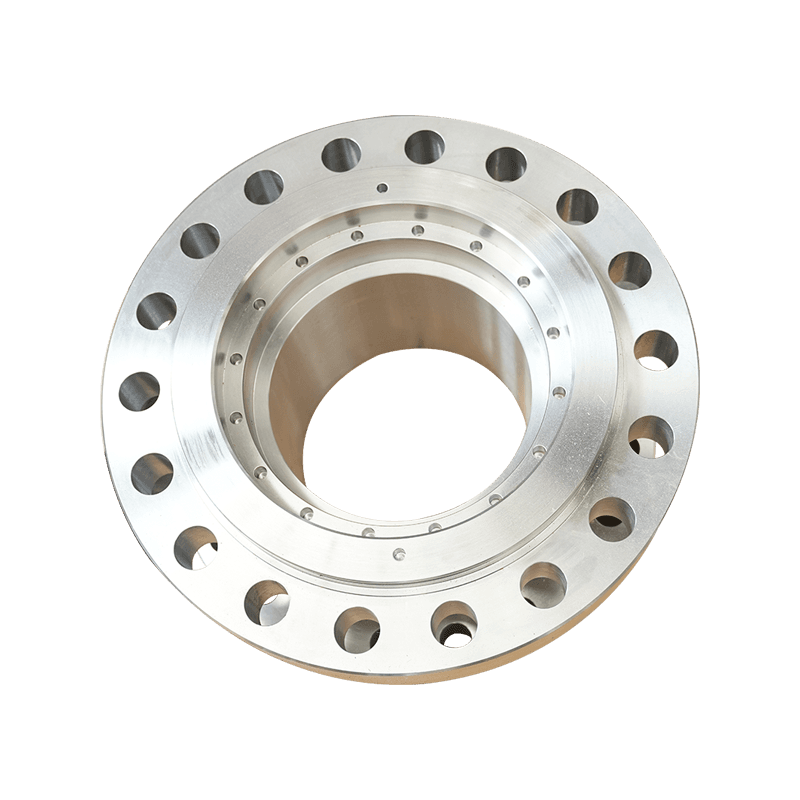Advances in Steel Alloys for Valve Parts
The development of advanced steel alloys has significantly improved the performance and durability of valve parts. Newer materials, such as duplex stainless steel and superalloys, provide superior corrosion resistance and mechanical properties compared to traditional steel.
1. Duplex Stainless Steel: Duplex stainless steel combines the best features of austenitic and ferritic steels, offering higher strength and better corrosion resistance. This alloy is particularly beneficial in applications involving aggressive fluids, such as seawater or harsh chemicals. Valves made from duplex stainless steel have longer lifespans and require less maintenance, reducing overall operational costs.
2. Superalloys: Superalloys, such as Inconel, are increasingly being used in valve manufacturing due to their excellent heat resistance and ability to maintain strength at high temperatures. These materials are ideal for industries such as power generation and aerospace, where extreme operating conditions are the norm. Although more expensive than traditional steel, superalloy valve parts provide unmatched durability in harsh environments.
Precision Manufacturing Techniques
Advancements in manufacturing technologies have allowed for more precise and efficient production of steel valve parts. Techniques such as CNC machining, 3D printing, and advanced casting methods are transforming how valve parts are produced.

1. CNC Machining: Computer Numerical Control (CNC) machining enables manufacturers to produce steel valve parts with extreme precision. This method ensures that every component is manufactured to exact specifications, reducing the likelihood of errors or malfunctions during operation. CNC machining also allows for quicker production times and more consistent quality.
2. 3D Printing: The use of 3D printing, or additive manufacturing, in the production of steel valve parts is gaining traction. This technology allows for the creation of complex geometries that would be difficult or impossible to achieve using traditional methods. 3D printing is especially useful for producing custom valve parts tailored to specific applications, offering flexibility and rapid prototyping.
Sustainability in Steel Valve Production
As industries shift toward more sustainable practices, the production of steel valve parts is also undergoing changes to reduce environmental impact. Manufacturers are increasingly focusing on energy-efficient production methods, material recycling, and waste reduction.
1. Energy-Efficient Production: The steel industry has made significant strides in reducing the energy consumption associated with valve part production. Innovations in smelting processes and energy recovery systems have helped minimize the carbon footprint of steel manufacturing.
2. Material Recycling: Recycling steel has become a priority in valve manufacturing. Steel is 100% recyclable, meaning that old or damaged valve parts can be repurposed into new components without losing material quality. This not only reduces waste but also lowers production costs by minimizing the need for raw materials.
Customization and Modular Valve Designs
The demand for customized and modular valve parts is growing, as industries require tailored solutions for specific operational challenges. Custom valve parts allow companies to address unique flow control needs, improve system efficiency, and minimize downtime.
1. Custom Valve Parts: Industries are increasingly requesting valve parts designed to meet their exact specifications. Custom steel valve parts ensure that the components are optimized for the specific fluids, pressures, and temperatures encountered in an application. This customization leads to better performance and longevity.
2. Modular Valve Systems: Modular valve designs allow for the easy replacement of individual parts, such as the valve body, stem, or seats, without having to replace the entire valve. This trend is gaining popularity due to its cost-effectiveness and convenience, as modular designs simplify maintenance and reduce downtime.









